A long fight begins to save Philippine languages
Arnel Valencia felt humiliated at school when he was barred from using the language he spoke at home, part of a decades-long pattern of linguistic destruction across the Philippines.
Arnel Valencia felt humiliated at school when he was barred from using the language he spoke at home, part of a decades-long pattern of linguistic destruction across the Philippines.
New research sends a stark warning to overweight teens: If you develop diabetes, you’ll have a very tough time keeping it under control.

Lumbini is really nothing more than a small village at a crossroads on the hot and dusty lowland plains of the flat, agricultural Terai region of southern Nepal.
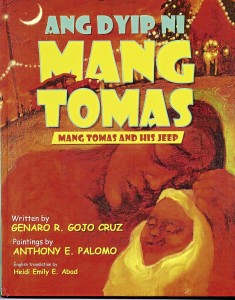
The book “Ang Dyip ni Mang Tomas” (Mang Tomas and His Jeep), written in Tagalog by Genaro R. Gojo Cruz, with English translation by Heidi Emily E. Abad and paintings by Anthony E. Palomo (Canvas and the University of Santo Tomas Publishing House, 2009) is not a new release. But it is worth revisiting since at the Ayala Town Center, 10 huge billboards feature the text and the lovely illustrations of the book.
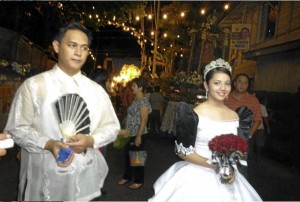
A prewar print of the Blessed Virgin in full regalia wearing her gold crown and in ceremonial robes, flanked by double columns with elaborately embroidered drapery and a cartouche of Philippine flora like the rosal, dahlia, gumamela and sampaguita framing her venerable image, epitomizes the passion many Filipinos have for Mary.
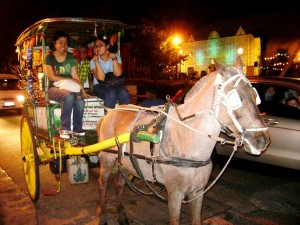
Already a popular stop on day tours of Manila, the historic walled city of Intramuros will soon become a nighttime destination, too, and not only for foreign visitors but also for Filipinos.
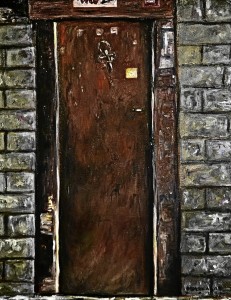
In New York City last week, a pair of Filipino artists opened a joint exhibit at the Philippine Center right smack on Fifth Avenue.
In the current exhibition at Galeria Duemila, avant-garde artist Cesare Syjuco presents an all-text exhibition in a show titled “A Life of the Mind: His Poems for Walls.” Showcasing works made entirely of words created in the past 30 years, Syjuco’s oeuvre utilizes the plastic arts to present literature where text has taken on a primarily visual function.
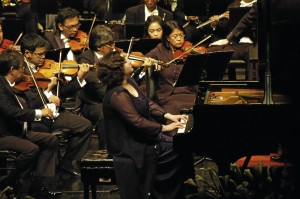
Philippine Philharmonic Orchestra’s (PPO) final concert for the season, held recently at the Cultural Center of the Philippines, ended with a bang.

Question: If the spoof lyrics in the musical revue “Forbidden Broadway” are translated into Filipino by someone like, say, Bien Lumbera or Pete Lacaba, will the show be more successful, just as successful, or less successful?












The latest in global fashion, beauty, and culture through a contemporary Filipino perspective.